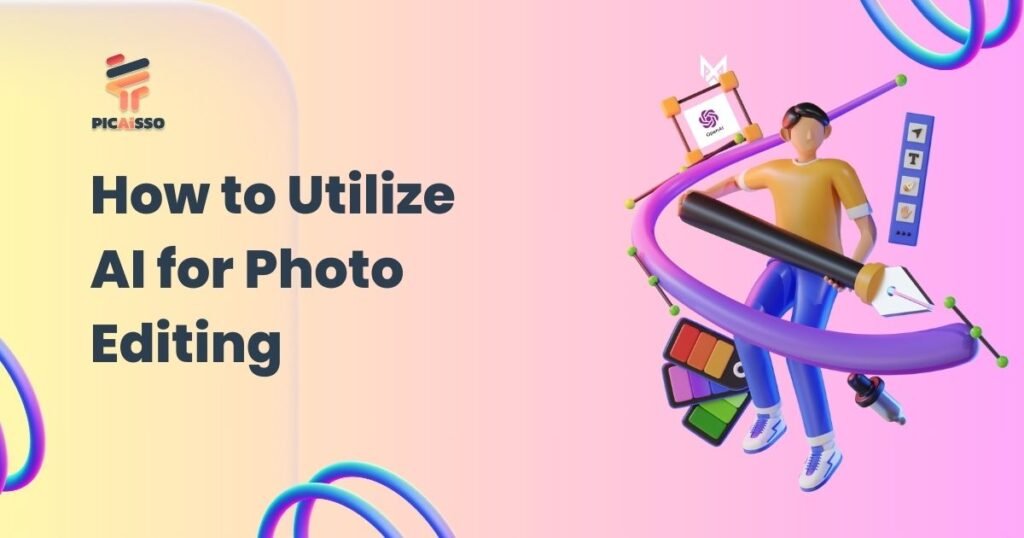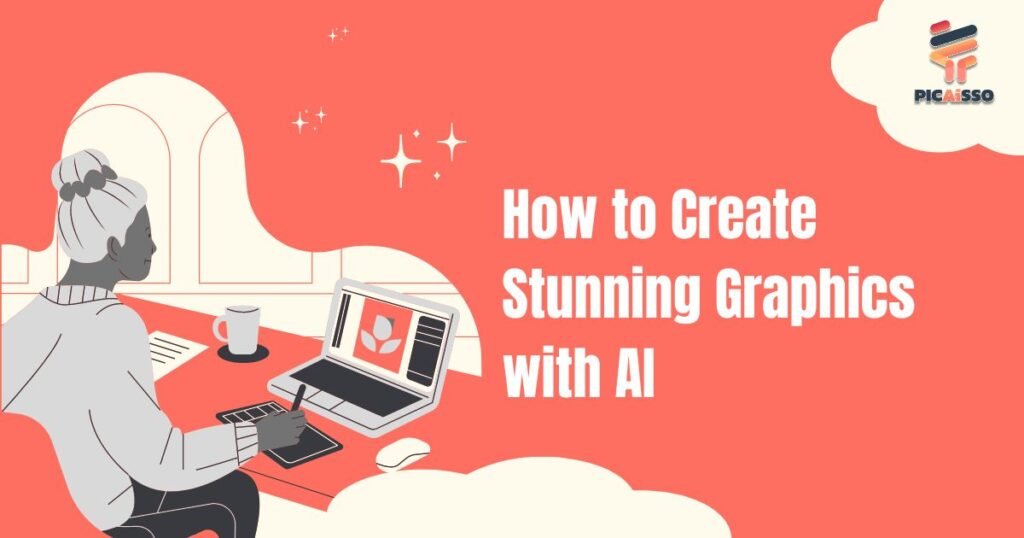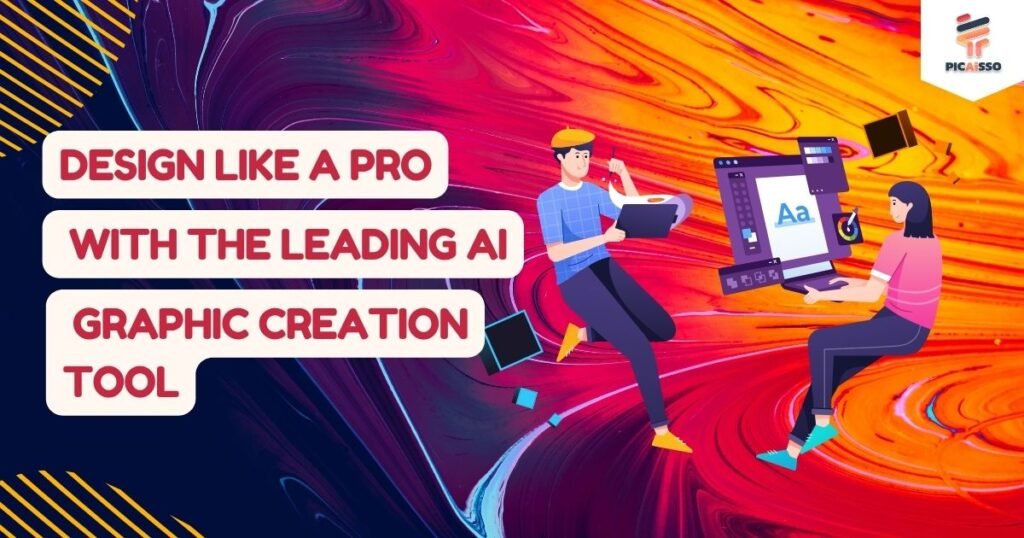
Pixels are as constant as progress in the world of digital pictures. For a long time, conventional photo editing tools have been the painter’s palette, transforming casual photos into works of art. However, a new friend has emerged recently: artificial intelligence. Unlike a brush, AI learns and adapts like a cunning apprentice.
The way we edit images is revolutionized by AI’s capacity to understand intricate patterns and make snap conclusions. Artificial intelligence (AI)-driven photo editing software has made tools previously only available to experts with years of experience accessible at the push of a button. We will examine the range of AI’s editing skills in this in-depth guide and how you may use these tools to elevate your photos.
The Rise of AI in Photo Editing
When editing photos, having a keen eye, software expertise, and knowledge of color theory and composition has always been necessary. However, since AI automates much of the manual labor involved in these processes, editors may concentrate on the creative part of their work. AI’s emergence in photo editing is causing a profound market shift rather than only being a fad. This is the reason why:
Evolution from Traditional Editing Methods
The days of editing software only accepting human input are long gone. These days, artificial intelligence (AI) systems analyze enormous volumes of data to redefine and improve what it means to “improve” a shot.
Benefits of AI in Enhancing Efficiency and Quality
AI is faster and more accurate than even the most skilled human editors. This efficiency translates into higher quality scalability and quicker project turnaround times.
Developers use AI to address some of the enduring problems with photo editing. In addition to automating laborious chores, the software resolves issues that have long baffled algorithms, such as comprehending context for image alteration.
Essential AI Tools for Photo Editing
With the AI revolution came many tools that aim to simplify and improve editing. Here are a few of the prominent participants in the field of AI photo editing:
Automated Color Correction and Enhancement
It can take a long time to adjust contrast and color manually. AI can change the tones and hues of your photo in a fraction of the time and with more consistency over a series of shots.
Background Removal and Object Manipulation
Artificial Intelligence has made complex tasks like backdrop removal more accessible by providing object recognition and segmentation tools.
Smart Cropping and Composition Adjustments
With image analysis, AI can identify focal areas and crop them to produce a more visually appealing composition. This can guarantee that your final photos are correctly framed while saving you time during editing.
Also read: Design Like A Pro With The Leading AI Graphic Creation Tool
How to Utilize AI for Photo Editing
Utilizing AI for photo editing may sound daunting, but implementation is straightforward. Follow these steps to integrate AI tools into your editing repertoire:
Step-by-Step Guide
- Select the Right AI Tool: Research and find the AI photo editing software that aligns with your needs.
- Practice Smart Input: Before AI can output a fully edited photo, it needs a clear and well-exposed input. High-quality images make AI work even better.
- Understand the Algorithms: Spend time to know what the AI tool can and cannot do. This knowledge ensures that you make informed decisions about editing.
- Tweak and Refine: AI tools are designed to work with your creative vision, not replace it. Use the suggested edits as a starting point and adjust until you achieve your desired result.
The Future of AI in Photo Editing
AI’s influence on editing will grow as it develops. In the future, we should anticipate more advanced algorithms that can duplicate human decision-making even more closely and have a deeper comprehension of artistic ideas. Furthermore, real-time editing with AI technology might progress, enabling photographers to make changes while on the go.
Tips for Maximizing AI Capabilities
- Retain Creative Control: AI is a tool, not the artist. Use AI as a starting point, but be bold, take the reins, and inject your style into the editing process.
- Continuously Learn and Experiment: AI is a burgeoning field with constantly evolving tools. Stay on the cutting edge by experimenting with new features and algorithms.
- Combine AI with Human Touch: AI may be great at processing data and pattern recognition, but human intuition and creativity are irreplaceable. The best results often come from a balanced collaboration between AI and the human mind.
AI Editor Features
Various functions are included in AI-driven photo editing software to improve and streamline the editing process. The following are a few particular features that demonstrate the potential of AI in photo editing:
Skin Tone Correction
AI has made it easier to achieve the ideal skin tone in portraiture. Without requiring a lot of manual editing, the software can automatically detect skin in an image and adjust for uneven tones, blemishes, and unwanted shadows, producing realistic, appealing portraits.
Enhancing Detail and Texture
AI tools can automatically enhance image detail, bringing textures to life without sacrificing the natural aspect of the image. When taking landscape photos, this is especially helpful because you want to highlight specific elements like leaves, water, and rocks without using any extra noise.
Dynamic Range Adjustment
Artificial intelligence comprehending the scene’s context can fix dynamic range problems, such as overexposed skies or underexposed foregrounds. Selective exposure adjustments are made throughout the image to balance the total effect and provide a more visually attractive shot.
Noise Reduction
Photos taken in poor light or with high ISO settings may contain noise. Artificial intelligence (AI)-driven noise reduction technologies can effectively reduce noise while keeping fine detail, outperforming conventional methods.
Style Transfer
Users may mimic the appearance of their favorite artists or create specific artistic effects without requiring a lot of manual editing, thanks to AI’s ability to assess the style of one image and apply it to another.
In terms of what AI can do for photo editing, these features are merely the tip of the iceberg. They show AI’s accuracy and efficiency and its potential to improve artistic expression and innovation in photography.
Conclusion
More than just a convenience, AI’s incorporation into photo editing is a spark for creativity. We can create many possibilities for converting unprocessed photos into complex and poignant artwork by utilizing AI’s speedy image processing and manipulation capabilities.
The possibilities of AI in photo editing are endless, whether you’re a professional photographer trying to optimize your workflow or a hobbyist wanting to pick up some tips and tricks. Being a part of this technological revolution is exciting because photography has never looked better or more expertly edited than it does now.
Frequently Asked Questions (FAQ)
What AI Photo Editing Software is Recommended for Beginners?
For beginners, software like Adobe Photoshop Express and Luminar AI are user-friendly options that provide robust AI-driven features without overwhelming users.
Can AI Replace Human Photo Editors?
While AI can significantly streamline the editing process and handle complex tasks efficiently, it can only partially replace human creativity, intuition, and the nuanced understanding of context and artistic intention.
How Does AI Photo Editing Impact the Professional Photography Industry?
AI photo editing automates routine tasks, allowing professionals to focus on the creative aspects of photography. It enhances productivity and opens new possibilities for creative expression but requires photographers to adapt and learn new skills continuously.
Is There a Risk of Overdependence on AI in Photo Editing?
There’s a potential risk of overreliance on AI tools, which might limit one’s development of editing skills. Balancing the use of AI with manual editing and staying engaged with the creative process is essential.
How Can I Keep Up with Advances in AI Photo Editing Technology?
Staying informed about new software releases, attending webinars, participating in online forums, and following industry news are effective strategies for keeping up with rapid AI photo editing technology advances.

